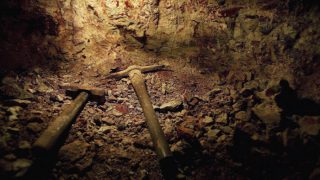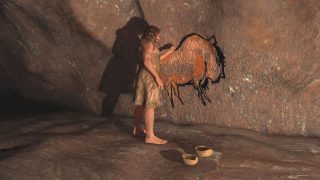In a major archaeological breakthrough, researchers have found more than 60,000 hidden Maya ruins in Guatemala hidden beneath a vast forest cover. Laser technology was used to survey the below surface which revealed houses, highways, defensive fortifications and even palaces. According to the recent findings, Mayans used resources just like any other full-fledged settlement. While the previous studies state that around one to two million people lived there, researchers now say that around 20 million lived in the region. Findings on the Maya agriculture has stunned researchers as the civilization produced food “on an almost industrial scale.”

Tools Discovered in Tamil Nadu Suggests Much Earlier Spread of Stone Age in India
The research was conducted by an international team of scientists and archaeologists. They surveyed more than 772 square miles of the Guatemalan jungle by plane with PACUNAM LiDAR (Light Detection and Ranging). The findings were revealed in digital maps and an augmented reality app. LiDAR measures distance on Earth’s surface with the help of a laser. Such mechanism proves extremely valuable during studies on hidden things in heavily forested areas. Autonomous cars also use LiDAR which let vehicles have a continuous 360 degrees view.
Thomas Garrison, an archaeologist, and National Geographic explorer said, “The LiDAR images make it clear that this entire region was a settlement system whose scale and population density had been grossly underestimated.”

Women Travelled to Spread Culture, Men Stayed at Home During Stone Age
The discovery made in the Paten region of Guatemala has complex structures such as industrial-sized agricultural fields and irrigation canals. Another impressive finding in the region was a highly organized workforce to build the defense and agricultural systems. Researchers also detected about 60,000 individual structures, including four major ceremonial centers with plazas and pyramids.
The discovery was announced on February 1, by an alliance of United States, European, and Guatemalan archaeologists affiliated with Guatemala’s Mayan Heritage and Nature Foundation. The project will be shown on ‘Lost Treasures of the Maya Snake Kings’, which will be aired on National Geographic on February 6.